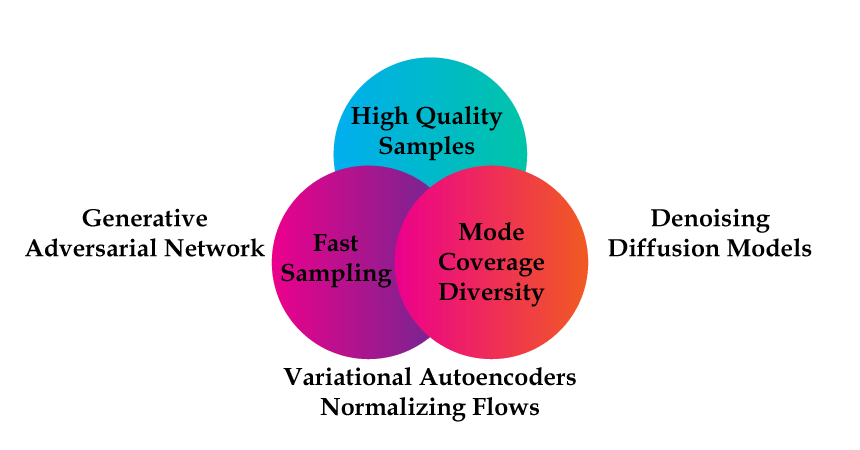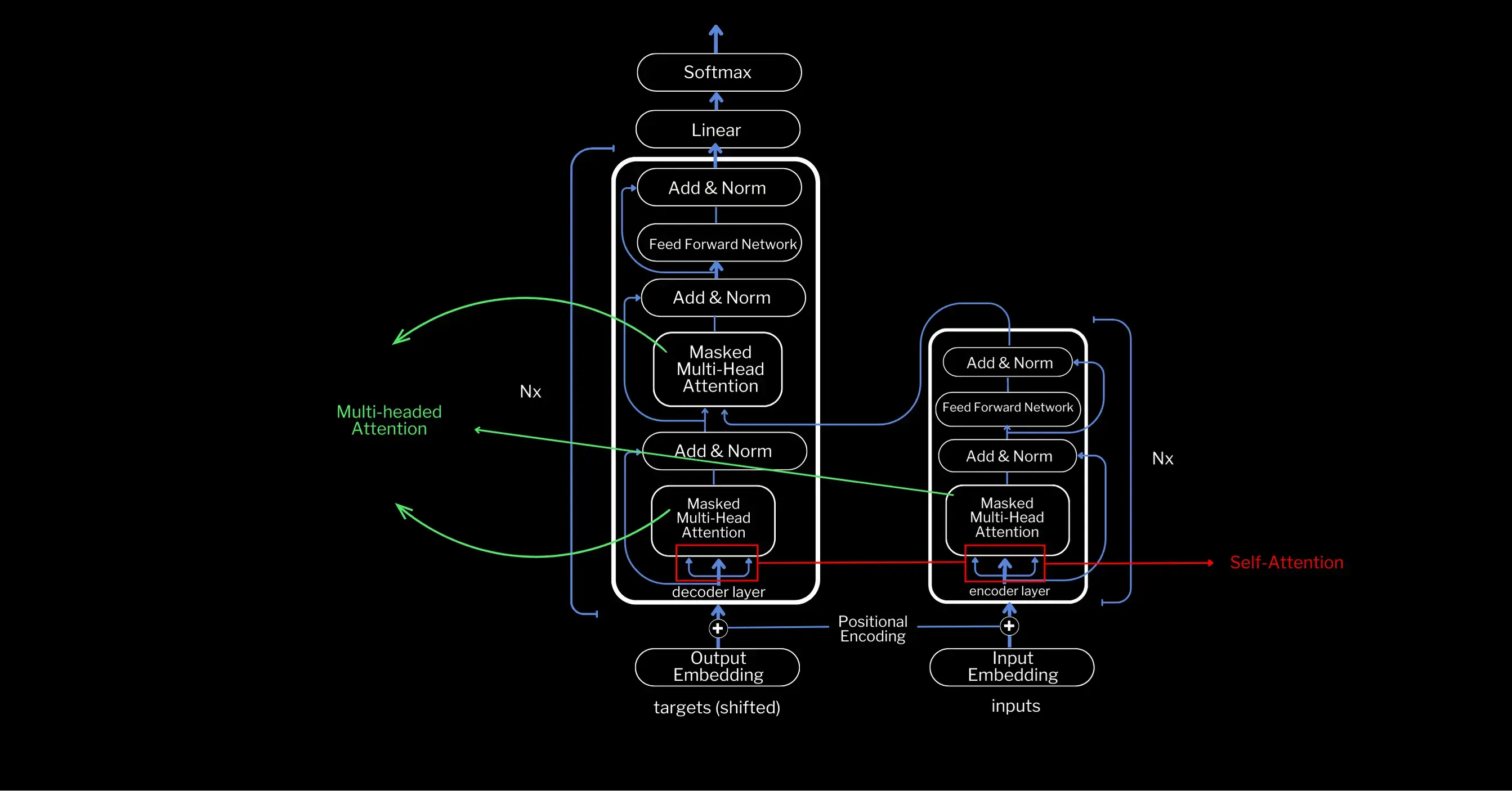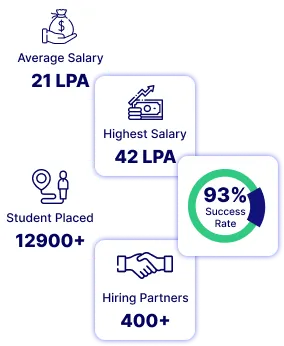Introduction
Given its use in various fields, including design, music, art, and healthcare, generative AI has grown in prominence in recent years. It is a subject of attention in the artificial intelligence community as well, and its potential uses are projected to expand. It is fair to claim that generative AI will have an influence on business that rivals that of the internet. The size of the worldwide artificial intelligence market is anticipated to increase between 2023 and 2030 at a compound annual growth rate (CAGR) of 37.3%. By 2030, it is expected to grow to $1,811.8 billion.
Also, companies must begin with generative AI through marketing use cases. You must outline the advantages and disadvantages, devise plans and rules, and make sure your business is using AI to its fullest extent. This guide will introduce you to the main ideas, resources, and uses of Generative AI if you are unfamiliar with it. Also, we will outline What are the Benefits of Generative AI and discuss its ethical implications.
What is Generative AI?
A family of artificial intelligence algorithms known as "generative AI" are intended to create new media, including writing, music, photographs, and other types of media. These algorithms use the patterns and structures in the current data and apply them to create new, unique samples that are stylistically or conceptually like the original material. The algorithms are used in many tasks, such as producing code, writing poetry and fiction, and producing realistic visuals.
You can summarise generative AI as :
- Generative AI technology generates fresh data or content that mimics human-generated content using machine learning and natural language processing.
- The calibre and nature of training data have a significant impact on the precision. Also, the calibre of output produced by large language models (LLMs), the "brains" of generative AI writing tools.
- Concerns over security and privacy have been raised by the buzz around generative AI, like OpenAI's ChatGPT.
- While technology is unable to replace intelligent people, generative AI can help them to the fullest extent possible.
- When investing in generative AI solutions, enterprise and marketing leaders should be deliberate and should look beyond the OpenAI/ChatGPT hype.
- Beyond ChatGPT, generative AI is a technology that is already available to the general population.
The phrase "Large Language Model" (LLM) refers to generative AI models that work with and on human language, accepting text as input in the form of what is known as a prompt and producing text as output. Although there isn't exactly an official definition of what qualifies as a "large" model, they often have billions of parameters. With LLMs, there is a paradigm shift from earlier models that had training regimes and architectures tailored to certain language tasks (such as sentiment analysis and translation). The training dataset for LLMs is much larger and is not tailored to any particular activity. Because of this, the LLMs can complete a variety of language activities when given the right prompt.
How Does Generative AI Work?
Artificial intelligence (AI) models that produce fresh and original content use neural networks to find patterns and structures in existing data. Generative AI models' capacity to use various learning strategies, such as unsupervised or semi-supervised learning for training, is one of their breakthroughs. As a result, companies are now able to use a vast amount of unlabeled data to build foundational models. As the name implies, AI systems that are capable of carrying out a variety of tasks can be built on top of foundation models. Large amounts of existing content are given to generative AI models to train them to create new content. Using a probability distribution to find underlying patterns in the data set, they then learn to create similar patterns (or outputs based on these patterns) in response to prompts.
Generic artificial intelligence (generative AI), which is a subset of deep learning, employs a neural network to handle more complicated patterns than conventional machine learning. Neural networks, which were inspired by the human brain, may not always need human supervision or involvement to recognize distinctions or patterns in the training data. A multitude of models, each using a different mechanism to train the AI and produce outputs, can operate generative AI. Transformers, Variational AutoEncoders (VAEs), and Generative Adversarial Networks (GANs) are a few of these.

How to Evaluate Generative AI Models?
It is difficult to evaluate generative language models. There is no one right response, to begin with. The model might produce any text, thus you can't have a "gold standard" of what it should produce. There are various methods for assessing generative language models, and each one takes a distinct perspective.
- Task-based evaluation: assess it as it would be used in the workplace.
- How well can a person tell the difference between the model and another human?
- How accurate are the model's results? Does it create or mimic prejudices that exist in the world?
- Use a different model to check for grammatical faults to ensure consistency. The complement to the veracity metric is this.
- Use a similarity metric, like the BLEU score, to compare to a "gold standard" output.
- Use a marking scheme to grade your essays the same way a human examiner would.
A successful generative AI model must meet the following three criteria:
1. Quality
It is important to have high-quality generation outputs, especially for apps that interface with consumers. For instance, poor speech quality makes it challenging to understand speech. Moreover, the desired results in picture generation should not be able to be visually distinguished from real photos.
2. Speed
Quick generation is necessary for many interactive applications, such as real-time image editing, which is used in content development workflows.
3. Diversity
While maintaining high generation quality, a good generative model captures the minority modes in its data distribution. This lessens unintentional biases in the taught models.
How to Develop Generative AI Models?

The crucial steps in AI Generative model preparation are:
1. Data Collection and Preparation
Before creating your generative AI system, you must collect and prepare your data. The calibre and volume of your data are essential because this will serve as the basis for training your model.
2. Making an AI Architecture decision
There are a few choices, but neural networks or evolutionary algorithms are your best bets for generative models.
Recurrent neural networks (RNN) and convolutional neural networks (CNN) are two common types of neural networks.
3. Creating the Model
You are now prepared to construct your model. A framework like Keras, PyTorch, or TensorFlow are good choices. Describe the Model layers
Loss functions and Optimizers.
4. Training and Evaluation
Several epochs of data sets should be used to train your model. Keep an eye on the loss function to make sure it is declining. Analyse how it produces fresh samples after it has been trained. Consider word choice, grammar, and coherence while evaluating text. Think about the images' authenticity, crispness, and accuracy. Retrain as necessary after making necessary changes to the model or data.

5. Evaluating and Optimising the Model
You need to assess your model's performance after you have developed and trained it. Use a test dataset that your model did not encounter before to gauge its performance.
6. Implementing the Model
Deploy your model whenever you are happy with the outcomes so that others can use its predictions or generations. Use Django or Flask for web services. TensorFlow Lite is a programming framework useful in mobile applications. With TensorFlow for Microcontrollers, embedded systems can operate. Regardless of how you deploy, keep an eye on the model's performance in the actual world and keep retraining it if it starts to falter.
7. Maintenance and Iteration
Create a maintenance schedule to update and enhance the generative AI solution. Take user feedback into account and resolve any problems or errors that may appear.
Our Learners Also Read: Why Is Generative AI So Popular? What Does It Include? Here Is Every Aspect You Need To Know
What are the Applications of Generative AI?
The workflow of designers, engineers, researchers, scientists, and others can be streamlined with the help of generative AI. All industries and people can make use of the use cases and opportunities.
Among many, here Are The Most Popular Generative AI Applications below:
1. Image Generation
Users can use generative AI to convert words into images and create realistic photos depending on the setting, subject, style, or location that they specify.
2. Text-to-Speech Generator
GANs enable the production of lifelike voice sounds. The discriminators serve as a trainer, emphasising, toning down, and/or changing the speech to produce realistic outcomes.
3. Generation of 3D shapes
To create accurate 3D representations of objects, research in this area is now happening. About the similarity to the source, GAN-based shape creation can provide better forms. Exact forms may also be manufactured and modified to achieve the desired shape.
4. Speech-to-Speech Conversion
Generative AI can produce voices for audio applications using the voice sources now available. For industries like gaming and film, STS conversion makes it easy and quick to produce voiceovers. These programs make it possible to produce voice overs for a game, advertisement, or documentary without hiring a voice actor.
5. Code Generation
Software development uses generative AI because it can produce code without the need for manual coding. Code development is made simple by this characteristic for both experts and non-technical people.
6. Text Generation
Researchers sought GANs for answers to address the drawbacks of the most recent ML techniques. GANs were created for visual tasks, but it is now being demonstrated that they may also be useful for text generation.
7. Generation of Music
Also useful for generative AI and music production. Music-making tools can be used to produce original musical content for advertisements or other creative activities. Copyright infringement brought on by the presence of protected artwork in training data, remains a major hurdle to overcome in this scenario.
Generative AI Use Cases
Many sectors could undergo radical change as a result of generative AI. Several instances of its use are provided below:
1. Logistics and Transportation
The exploration of hitherto undiscovered locations is made possible by the precise conversion of satellite photos into map views by generative AI. This might be helpful for logistics and transportation businesses exploring new regions.
2. Healthcare
X-rays and CT scans from healthcare can be transformed into more lifelike visuals that can aid in diagnosis.
3. Travel Industry
Face identification and verification systems at airports can be aided by generative AI. The technique can help with passenger identification and identity verification by assembling a full-face image of a passenger from images collected from various angles.
4. Marketing
Generative AI can assist with customer segmentation by forecasting how a target audience will react to commercials and marketing initiatives. This might be a useful tool for businesses looking to target particular demographics and boost sales.
What are the Benefits of Generative AI
1. Unique and New Products
Generative AI's capacity to provide fresh and original results is one of its main features. There are several possible uses for this, including in computer animation and graphics, where it might be used to produce lifelike and intricate pictures of people or environments.
2. Higher-quality content
Content quality can be raised via generative AI. It can create high-quality images and videos that are superior to those generated manually. The writing produced by generative AI may be more accurate and on time than writing done by humans.
3. Faster Results
Generative AI can help businesses get outcomes faster than they could with manual labour. For instance, faster than humans can do identical tasks, generative AI may produce drawings and movies. This could help businesses do jobs faster.
4. Improved Efficiency
With generative AI, it is workable to automate tasks that would otherwise need manual labour. This may increase production while allowing businesses to save both time and money. For example, generative AI may develop images and films for marketing campaigns or other projects in a precise manner.
5. Cost Savings
Using generative AI, businesses can make financial savings. For instance, by automating processes, organisations can reduce labour costs and save money. Moreover, businesses can save money by using generative AI to produce content like pictures and videos.
What are the Challenges of Generative AI?
1. Copyright And Legal Implications
Large-scale image and text databases from a variety of sources, including the internet, are used to train well-known generative AI algorithms.
2. Breaches Of Data Privacy
Data sets that may contain personally identifiable information (PII) about specific individuals are used to train LLMs for generative AI.
3. Minimal Creativity
While generative AI may produce new data based on pre-existing patterns, its capacity for innovation and creativity is constrained. It is limited to producing new data that is based on what it has learned from past data and is unable to think beyond that.
4. Bias
Also, biassed data used to train generative AI can make it biassed. Such bias may be present in the generated data, for instance, if the data used to train a generative AI model is biassed towards a specific set of individuals.
5. Control over the Results Generated
Often trained on a dataset, generative AI systems can produce fresh results that are like the original data but not quite the same. Controlling the precise features of the created outputs, yet, can be challenging.
6. Quality of the Results Produced
Generative AI systems can produce outputs that may ot be accurate or free of artefacts. A lack of data, inadequate training, or an overly complex model are only a few causes of this.
7. Requirements for Computing
Large amounts of data and computer power are often needed to train generative AI systems. Some businesses may find this to be expensive and time-consuming.
Key Takeaways
- Generative artificial intelligence (AI) can assist you in staying one step ahead of the competition and abreast of client wants.
- Using LLMs and working with AI software providers can boost automation, productivity, and cost reduction.
- A chat summary tool developed by companies like Intercom incorporates generative AI into their solutions.
- Before investing their limited resources in tools, companies must have proof that the investments will be fruitful.
- By accelerating and scaling up current procedures, generative AI enables businesses to "do more with less."
- A workplace where everyone has the skillset to wear several hats and boosts productivity is created by upskilling personnel using AI.
- Invest in an enterprise-grade AI program that has reliable datasets, safe storage, and programmable features.
- Besides receiving training on how to use the technologies, teams must comprehend the significance of brand and security compliance.
- The calibre and nature of training data have a significant impact on the precision and calibre of output produced by large language models (LLMs), the "brains" of generative AI writing tools.
- Beyond ChatGPT, generative AI is a technology that is already available to the general population.
- While technology cannot completely replace intelligent people, generative AI can help them to the fullest extent possible.
- When investing in generative AI solutions, enterprise and marketing leaders should be deliberate and should look beyond the OpenAI/ChatGPT hype.
Conclusion
The advantages of generative Artificial Intelligence are huge, in light of the foregoing. The potential benefits of generative AI for humans include stimulating higher innovation and creativity, boosting productivity and efficiency, opening up new resources, and enhancing personalisation and customization. As this technology develops, we can expect to witness even more intriguing advancements and breakthroughs. Generative AI skills have already shown to be useful in industries like content production, software development, and healthcare, and as the technology develops, so will its applications and use cases. Having said that, managing the potential hazards that generative AI poses is important to the technology's future. As AI technology develops, it will be essential to ensure that it is used by reducing biases. It improves transparency and accountability, and maintains data governance. Join The IoT Academy to be a part of such trends that will conquer the future.


